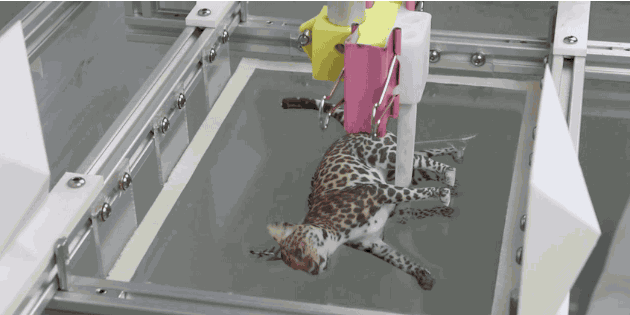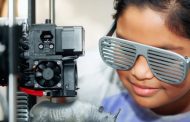Hydrographic printing looks like a magic trick. You print a pattern on a see-through film, place that sheet on a tub of water and spray it with a chemical potion. When you immerse a bland 3D object in the tub, it bonds with the film and comes back out covered in chosen colors. This technique is hugely popular for transferring patterns on simple surfaces. But, the system lacks precision. Complex textures that are now common with 3D printers, stretch the film, and sometimes even tear it. The final pattern is often distorted. According to Wired, a group of researchers from Zheijiang University and Columbia University have devised a quirky dip-kit that adds computational capabilities to conventional hydrographics.








